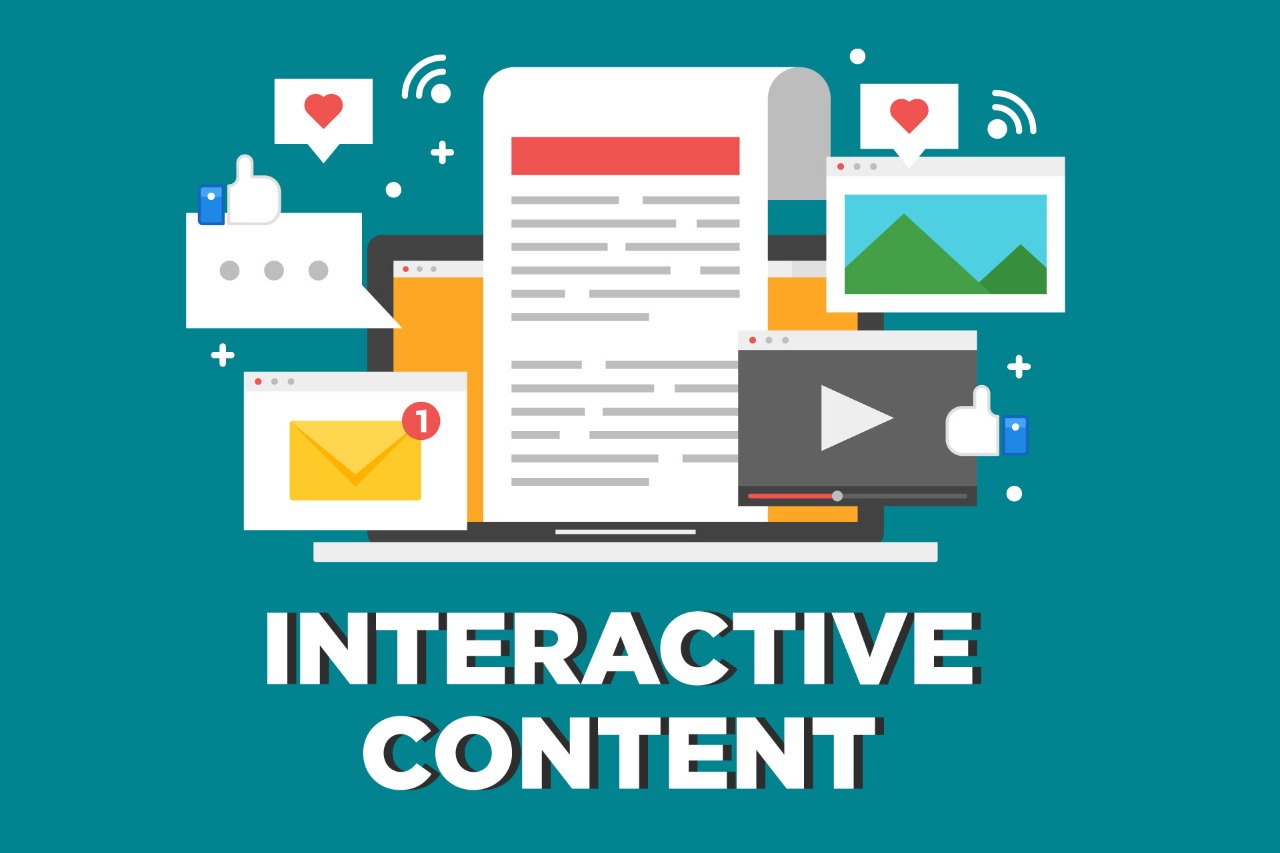
Do you know about the term “interactive content”?
Although the term is not exactly a new concept, it wasn’t widely known or accepted until
recently. Now interactive content is gaining popularity and gradually emerging as a trend. But
why is it so popular right now? Companies had to be very creative during the time of the
pandemic to keep their audience’s interest, and several discovered that interactive content was a
fantastic method to achieve that.
Interactive content is content where the audience takes on a central and active role in the
experience. In other words, rather than just passively watching content, the audience is
encouraged to engage with it by participating in quizzes, videos, games, animated infographics,
and so on.
Content marketing and interactive content are two sides of the same coin. The majority of
content marketing relies on the logic of passive consumption from users, whereas interactive
content enables brands to determine whether users have actually read their information by giving
users a significantly more engaging experience.
Many businesses are incorporating interactive content into their marketing strategies because it
enables users to have personalised and unique experiences. Incorporating interactive content into
your marketing strategy can improve your chances of grabbing the interest of your target
audience and getting them to interact with your content.

Benefits of Interactive Content
Increase Engagement
Improve the user experience
Get more feedback from users
Generate potential leads
Boost sales and conversion rates
Get valuable customer data
Improve brand loyalty
Finally, the benefit of interactive content is that it helps you get to know your prospects better.
To find out what interests your target audience, you can, for instance, monitor clicks and
interactions with each interactive feature in your content. Likewise, you can employ interactive
content like quizzes to segment your audience based on what you discover about their interests.
Surprisingly, statistics show that 60% of companies use interactive content to improve efficiency
measurement. Comparatively, only 25% of those who create static content are capable of doing
the same.
Types of Interactive Content
Quizzes
Interactive Videos
Interactive Calculators
Interactive infographics
Marketing games
Interactive virtual tours
Online contests
Text-based content, including emails, e-books, white papers, and traditional blog posts, is still
relevant today. The fact that consumers want to interact with brands and demand more
interactive content and immersive experiences Content will therefore undergo an interactive
makeover.




